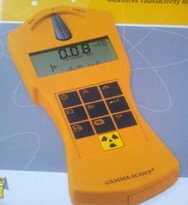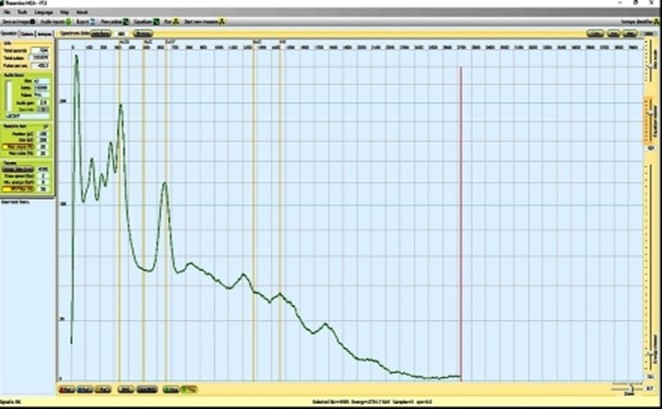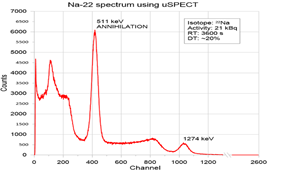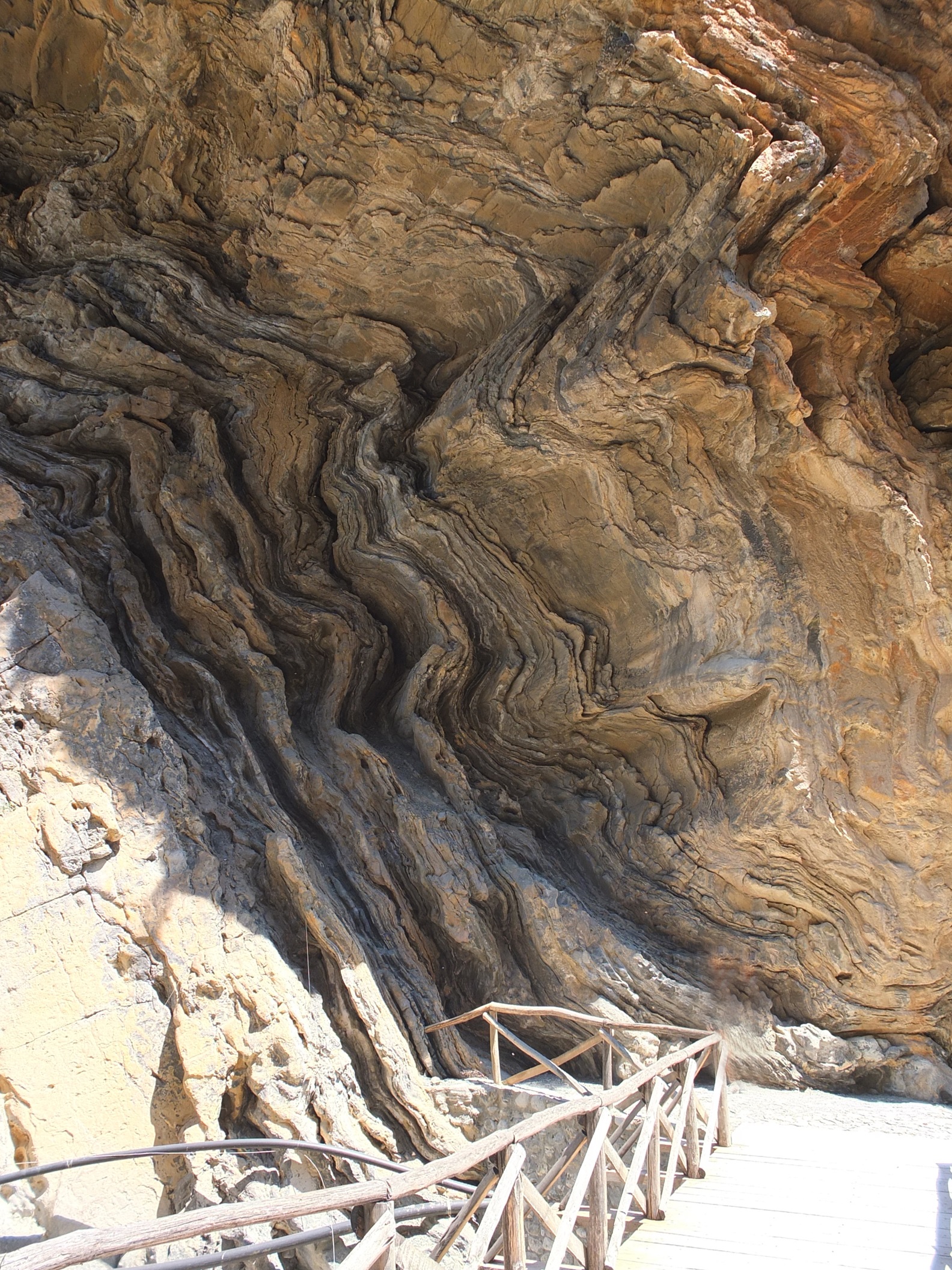
Independent Geophysical Laboratory
Head of the laboratory: Prof. UWr. Dr. Hab. Jerzy Sobotka
Contact: jerzy.sobotka/at/uwr.edu.pl
Independent Geophysical Laboratory, Institute of Geological Sciences of the University of Wrocław
ul. Cybulskiego 34, 50-205 Wrocław
tel. + 71 375 92-20, (40)
The primary goal of the aforementioned research is to address issues related to exploration, structural and engineering geology, hydrogeology, geological mapping, and environmental engineering while minimizing necessary intervention in the natural environment.
SEISMIC METHODS
Seismic measurements are conducted using the following methods:
– shallow seismic refraction
– shallow seismic reflection
Their main objectives are to:
– Locate aquifer structures.
– Prospect for construction raw materials.
– Map the basement surface beneath the Sub-Cenozoic substratum.
– Determine the depth of sandstone, limestone, and marl complexes in Cretaceous basins.
– Locate and identify the geometry of fault zones.
– Investigate the formation, structure, and development of Quaternary sedimentary complexes, occasionally extending to older formations.
– Recognize the geometry, lateral extent, and vertical distribution of lithologically distinct lithosome deposits from the Quaternary and Tertiary, including disturbed glaciotectonic zones and occurrences of neotectonic phenomena.

| A 24-channel digital seismograph designed for shallow (up to 100 m with manual impact excitation), near-surface, precise seismic surveys. |
GEOELECTRIC METHODS
They determine, among other things:
– The lithology of subsurface base for geological, hydrogeological, and geological engineering purposes.
– The location of well sites in promising aquifer formations and fracture structures.
– Groundwater flow directions from surface reservoirs.
– Leaks in natural and artificial surface water reservoirs.
– Leaks and the location of corrosion in underground pipelines.
– Migration directions of contaminants in subsurface media.
– The location of underground structures.
– Specific resistivity of soil, rock, and liquids using a 4-electrode measuring system (laboratory measurements).
– Elastic properties of rock samples (laboratory measurements).
Laboratory ultrasonic tester

| A highly sensitive, precise, laboratory ultrasonic tester used to measure the elastic properties of rock samples. |
| Tester parameters: – Transducer with piezoelectric sensor (receiving transducer 10-200 kHz); – Transmitter-receiver transducer (narrowband, approximately 40 kHz); – Tektronix TDS 1002 oscilloscope; |
Waterproof Conductometer Elmetron CC-401
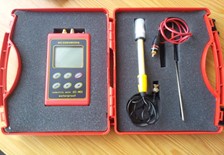
Electrical resistivity methods
The geoelectric methods include:
– electrical resistivity measurements (direct current and alternating current) in both geoelectric & electrical resistivity probing and electrical resistivity profiling;
– laboratory measurements of the specific resistivity of soil, rock and liquid samples in a 4-electrode measuring system.
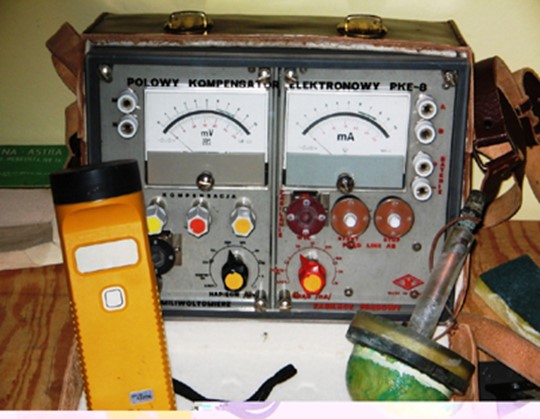
Natural electric potential method
– spontaneous potential (SP) measurements in potential and gradient versions;
Electromagnetic methods
Electromagnetic measurements include:
– VLF measurements in both inductive and resistive modes;
MAGNETIC METHOD
Proton Magnetometer PMP-5a
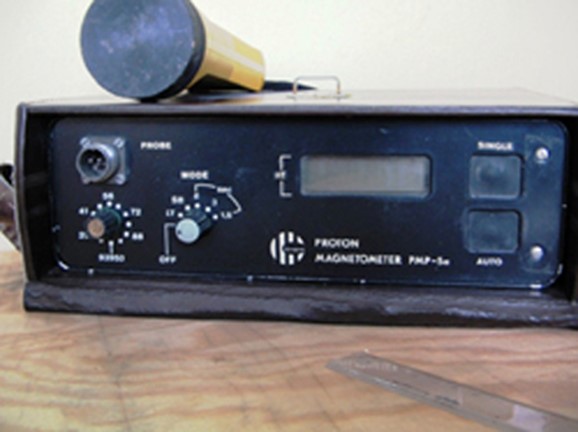
Kappameter KT-5
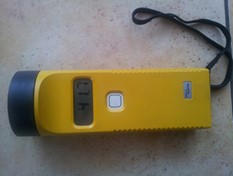
RADIOMETRIC METHOD
While dosimeters only give the dose rate value from a given source, a spectrometer also provides the energy of the measured radiation. As it is known, the energy of gamma radiation quanta is characteristic of a specific isotope (Cs-137 – 662 keV, Co-60 – 1.17 and 1.3 MeV), allowing for its identification. The device is based on an inorganic scintillator NaI(Tl). A new type of SiPM scintillation light detector has been used in the device. Unlike standard electronic photomultipliers, SiPM requires relatively low operating voltage (~27 V) and is insensitive to magnetic fields.
In the process of photoelectric absorption of low-energy gamma quanta occurring in the surface layer of the detector, some KX X-ray quanta may exit the detector, carrying the energy of K? or K? transitions. If the energy value is greater than the energy resolution of the detector (dependent on the energy resolution capability of the detector), smaller peaks will appear on the left side of the spectrum, known as the escape peaks of X-ray quanta (KX). Compton electrons, in a single act of scattering monoenergetic gamma quanta h? acquire kinetic energy, which is a continuous function of the angle of gamma quanta scattering by electrons.
The spectrum of Compton electrons is continuous, ending with a sharp edge, known as the Compton edge, corresponding to Compton electrons with maximum energy obtained in the process of backward scattering of gamma quanta.
Gamma spectrometer
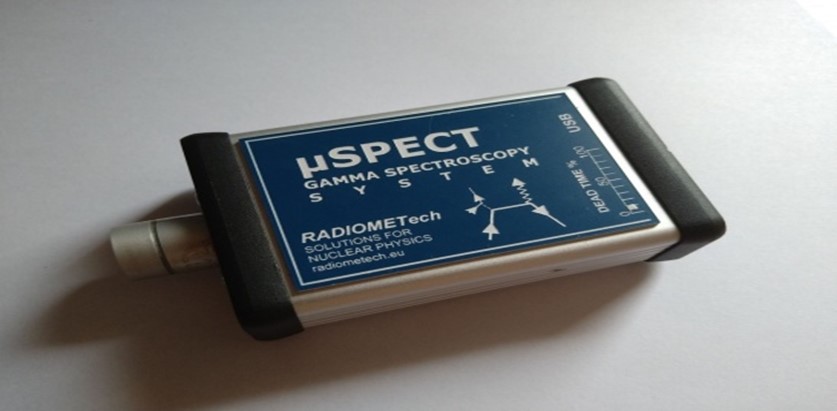
– Geiger Gamma-Scout Extended (Alert) Counter
